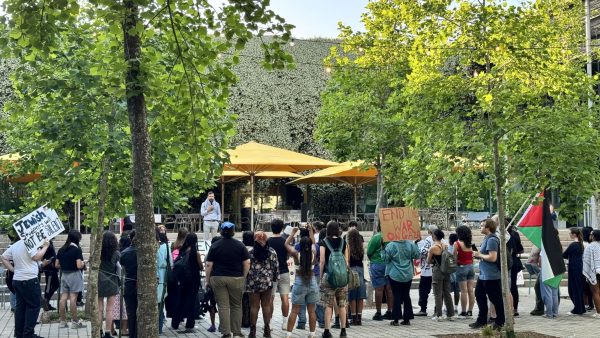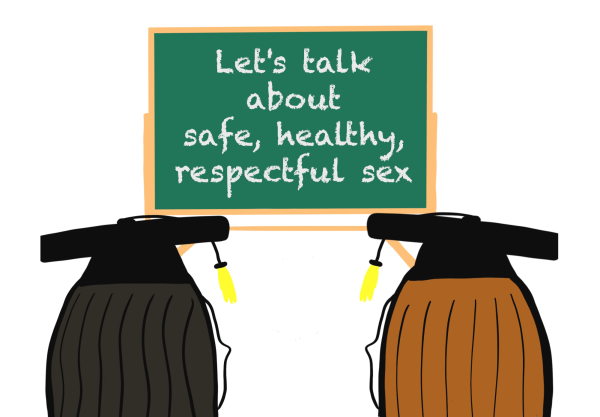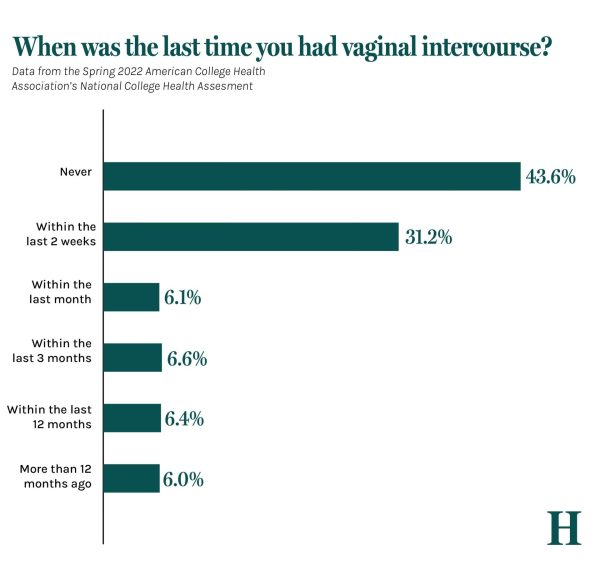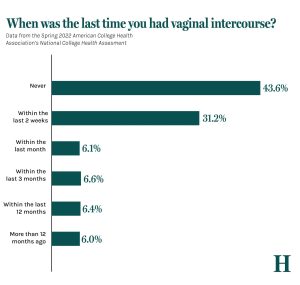St. Roch’s Market strives for inclusion, despite criticism
September 23, 2015
The following is an opinion article, and opinion articles do not reflect the views of The Tulane Hullabaloo.
In the Bywater and Fabourg Marigny communities, there are few affordable grocery options. When St. Roch Market reopened in April, there were hopes that it could help alleviate this food desert in the Eighth Ward. The residents near the market weren’t satisfied, however. Only recently has the market become accessible to the larger, low-income population in the neighborhood. Despite fears that St. Roch Market is merely increasing gentrification in the area, the market’s recent events prove that it is trying to better integrate itself with the residents who need it most.
New Orleans and cuisine are inextricably linked. St. Roch’s Market is central to this rich food history. Originally stablished in 1875, St. Roch’s provided fresh, local seafood to the Bywater community.
After Hurricane Katrina in 2005, St. Roch’s was forced to shut down. It remained closed for a decade, and when it did finally reopen, St. Roch’s revealed a drastically different form. The 13 new food vendors are all small local businesses, selling more than just seafood. They represent diverse assortments of gourmet food, from sandwiches to smoothies to Creole-Korean fusion. The market’s original fresh, raw food focus is now limited to a small booth selling produce and canned goods. Clearly, the market is marketing to a new clientele.
The new St. Roch Market has faced significant criticism for appealing to a gentrified community. These allegations stretch the truth. Though St. Roch has become less accessible, it’s trying to reverse this image by taking steps to include the whole community in its customer base.
When St. Roch reopened in April, it attempted to apply to accept Supplemental Nutrition Assistance Program, the federal Food Stamp program. Though St. Roch applied for this before it even opened, access was not granted until Sept. 9. In the period between opening and accepting SNAP, St. Roch faced heavy criticism from the neighborhood.
On May 1, five vandals broke the market’s windows and spray-painted on the building “Fuck yuppies” and “yuppy=bad.” Clearly, the community did not feel that their voices were heard. They wanted an accessible market. They wanted a market for the people. St. Roch’s gained a reputation for appealing to the new, wealthy members of the community.
Indeed, 40 percent of the surrounding neighborhood lives in poverty. This is heavily linked to property ownership, as 55 percent of the community rents, and of those who do, 74 percent pay 30 percent or more of their monthly income. A large percentage of the community stands outside of the demographic that St. Roch’s appeared to be marketing to; upper-middle class residents who might regularly shop at places like Whole Foods.
Despite this initial image, St. Roch’s Market is trying. Every Sunday, the market brings the community together for Saint’s Sunday: a Saint’s game viewing party accompanied by a happy hour boasting $5 cocktails. On Sept. 7, St. Roch’s hosted a fundraiser supply-drive for the Homer S. Plessy Community School, a local elementary school, providing food, a community space and live music.
St. Roch’s is trying to change its image. It opened to be a community space and is working to fit that role. St. Roch’s is becoming more accessible and is visibly working to reel in more of the community.
Six months after its reopening, St. Roch’s market has room to improve. Though the SNAP program has been launched, it is too early to tell whether this will change the demographics of the market’s customers. The public outcry has yet to die down. With time, St. Roch’s has the potential to be a great center for the community.
Until it has proven itself as a space that excludes local populations and ignores their needs, the market should not be discounted. It has a great chance to offer a unique, innovative service to the community rather than harming it. Blind dismissal of it helps no one and only removes the potential for constructive dialogue.























Leave a Comment